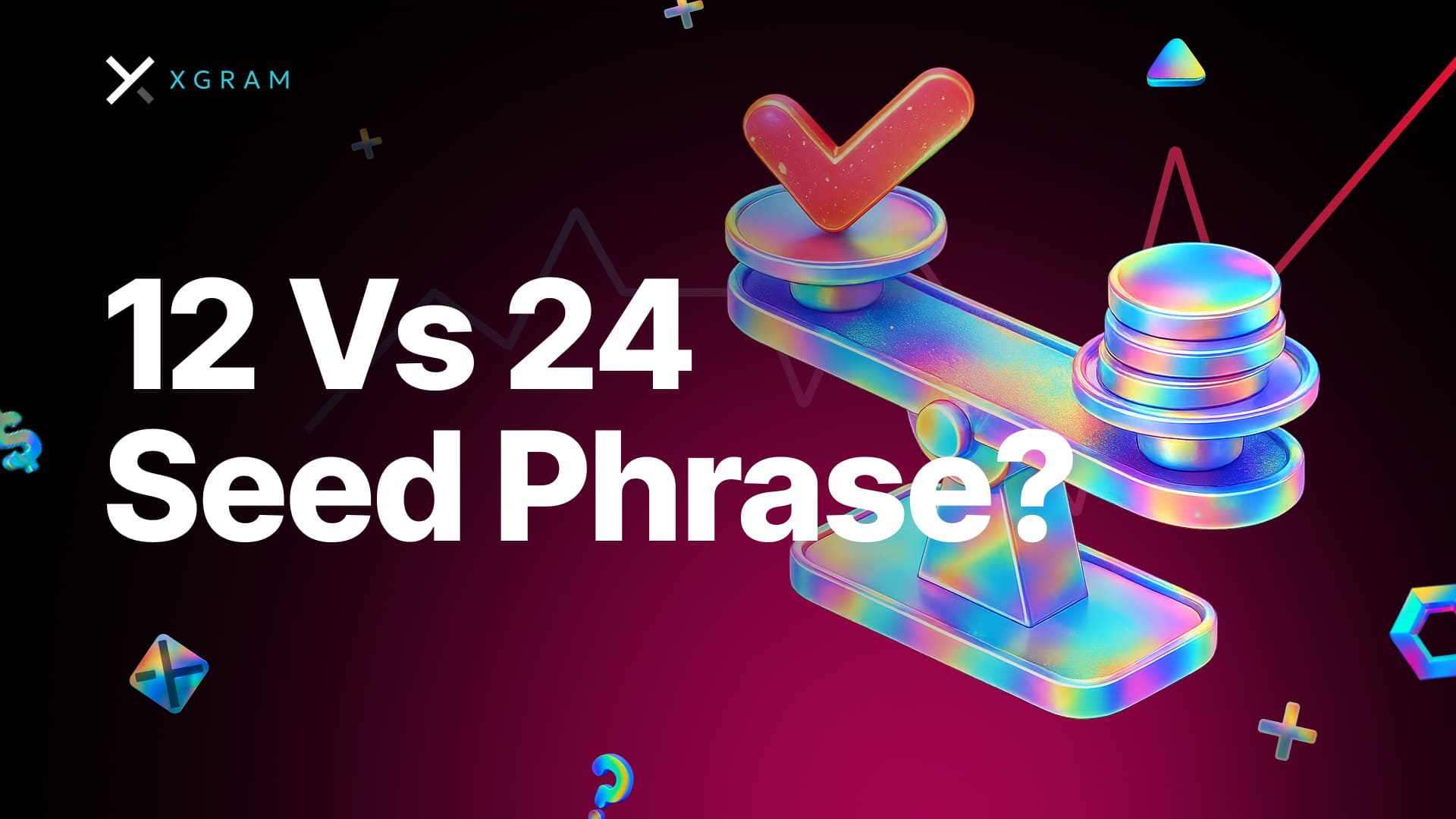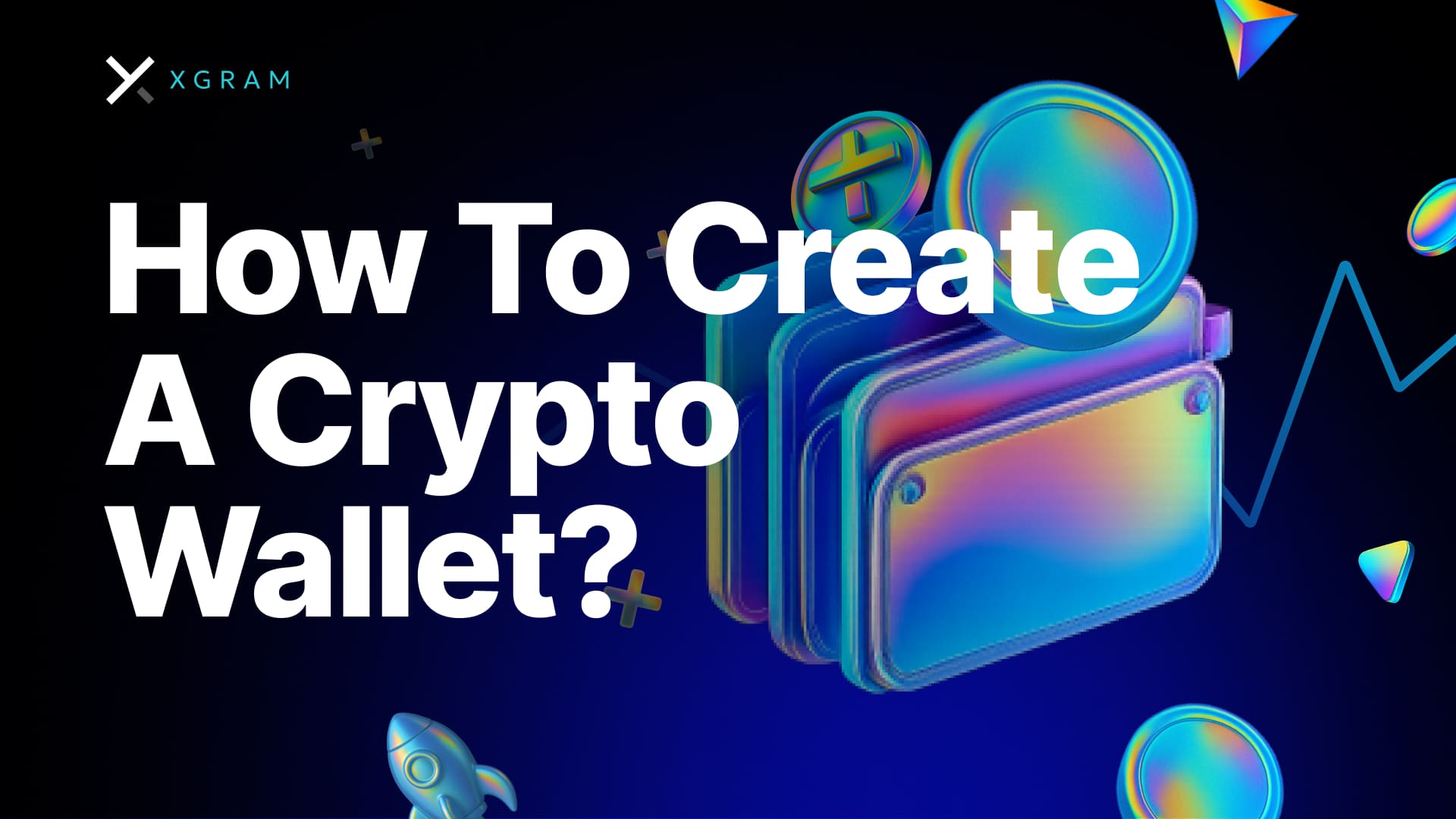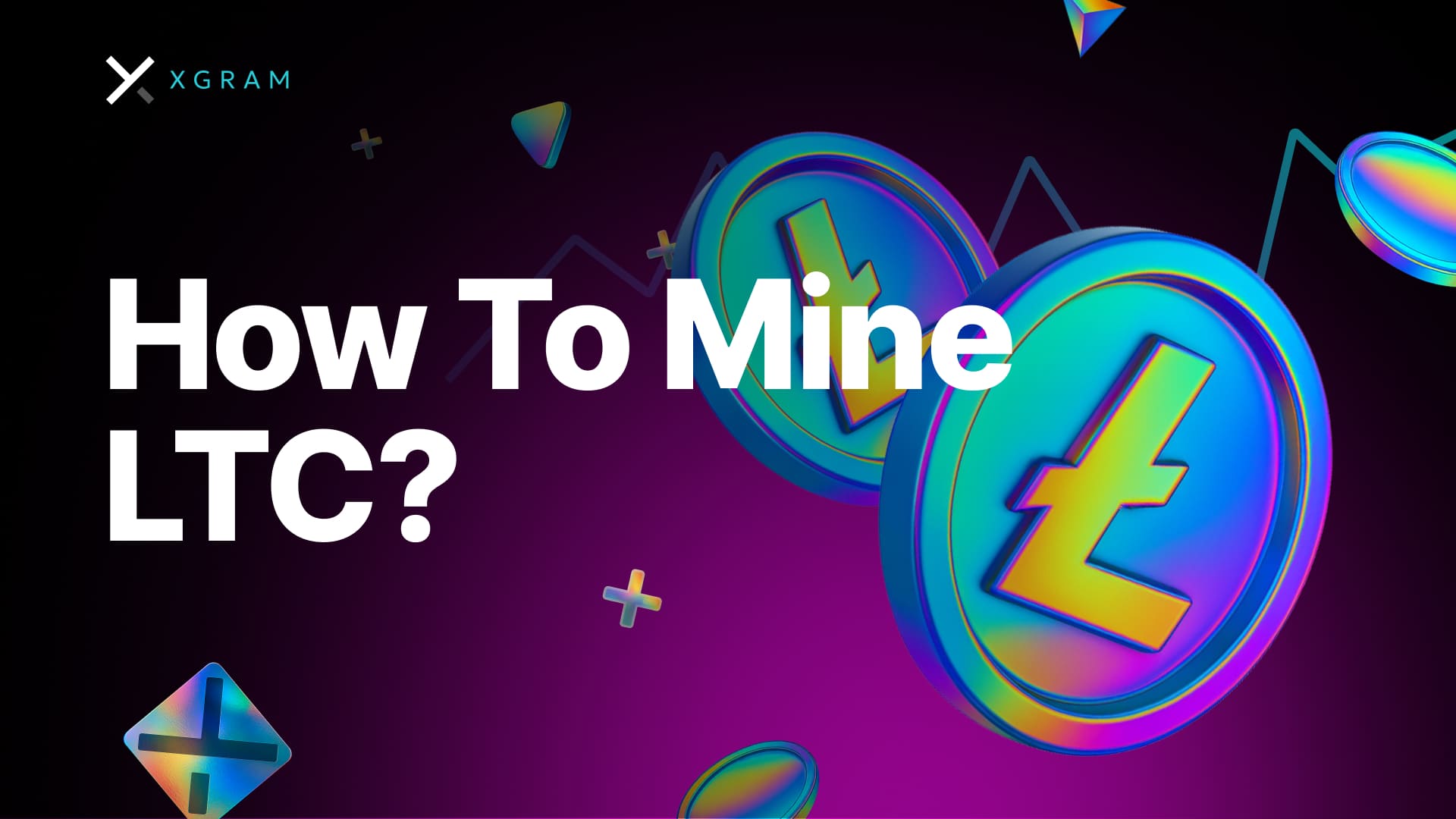

Gestionnaire personnel

Pour les échanges à partir de 10 000 $ :
Contrôle total et assistance complète pour vos transactions
Nous répondons à toutes les questions en moins d’une minute
Le support commence après le lancement de l’échange
What-is-a-dex
Votre source des dernières actualités sur les cryptomonnaies — tendances, analyses et mouvements du marché.
Nous préparons du contenu pour cette section. Restez à l'écoute pour les mises à jour.
Gestionnaire personnel

Pour les échanges à partir de 10 000 $ :
Contrôle total et assistance complète pour vos transactions
Nous répondons à toutes les questions en moins d’une minute
Le support commence après le lancement de l’échange
Articles les plus populaires
Vous trouverez ici une sélection des articles et publications les plus populaires du mois dernier, soigneusement choisis pour votre confort.


Au cours du dernier mois
Entreprise
Pour les entreprises
Support
- FAQ
- Vérifier le statut de l’échange
- E-mail[email protected]
- Support Telegram@Xgram_team
- Manager partenaires sur Telegram@Xgrammanager
Paires d’échange






